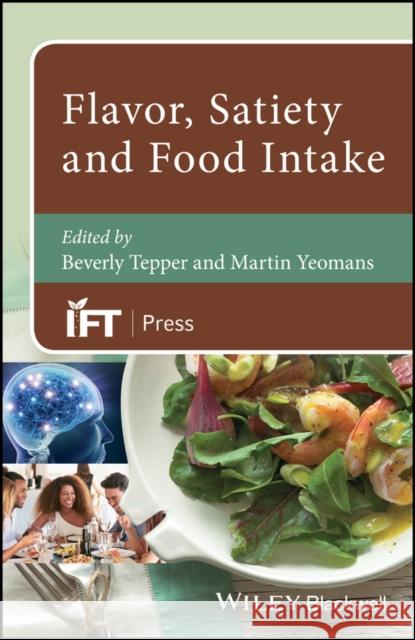Flavor, Satiety and Food Intake » książka
Flavor, Satiety and Food Intake
ISBN-13: 9781119044895 / Angielski / Twarda / 2017 / 248 str.
The food industry faces competing demands from consumers who want products that are highly palatable yet meet a growing number of health needs, from legislators who seek to reduce the levels of food components that are seen as deleterious for long-term health (e.g. sugar, fat and salt) and from health professionals battling a worldwide epidemic in obesity and related health problems. To balance these needs, all of those with an interest in the production and promotion of more healthy food options need to stay informed about recent advances in our fundamental understanding of the complicated inter-relationships between our sensory experience of food and its subsequent effects on our appetite and consequent body weight.
Although traditionally the focus for understanding satiety has been the impact of ingested nutrients on physiological systems in the gut etc., there is increasing evidence that the orosensory experience of food plays a key role in a number of aspects of satiety. The first real discussion in the literature of sensory impacts on satiety was about sensory-specific satiety: the idea that liking for foods decreases during consumption but leaves an appetite for other non-consumed items, and how this promotes dietary variety. The book will provide a valuable update on our current understanding of this key aspect of appetite control. Likewise, it is well known that products that require greater oral processing tend to be more sating, and the orosensory exposure hypothesis considers how flavor and texture in the mouth may be critical in determining meal-size, and then may also act as key predictors of nutritional benefits and so promote better processing of foods. These two related ideas are at the forefront of current thinking of flavor-satiety interactions, and no book to date has presented these together.
By bringing together key researchers who approach these complex issues from very different perspectives, this book will provide the reader with a unique and timely summary of key recent developments in the impact of flavor on satiety. The benefit to the reader will vary between market groups: students studying a disparate range of courses which encompass appetite from different perspectives (food science, dietetics, nutrition, psychology etc) will benefit from concise summaries of key developments in this area, something that they cannot get from reading the broader primary research material. Product developers will get insights into novel ways of integrating sensory evaluation with product formulation and marketing to help develop new products that are better suited to consumer needs and aspirations. Health professionals (dieticians etc) will benefit from having a single reference source to bring their knowledge in this area up to speed, as part of their continued professional development.











